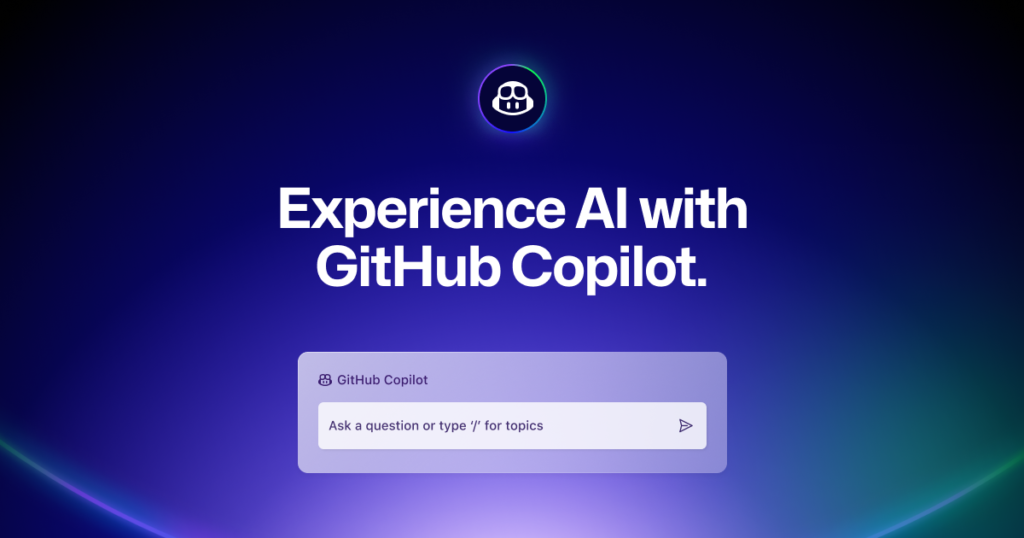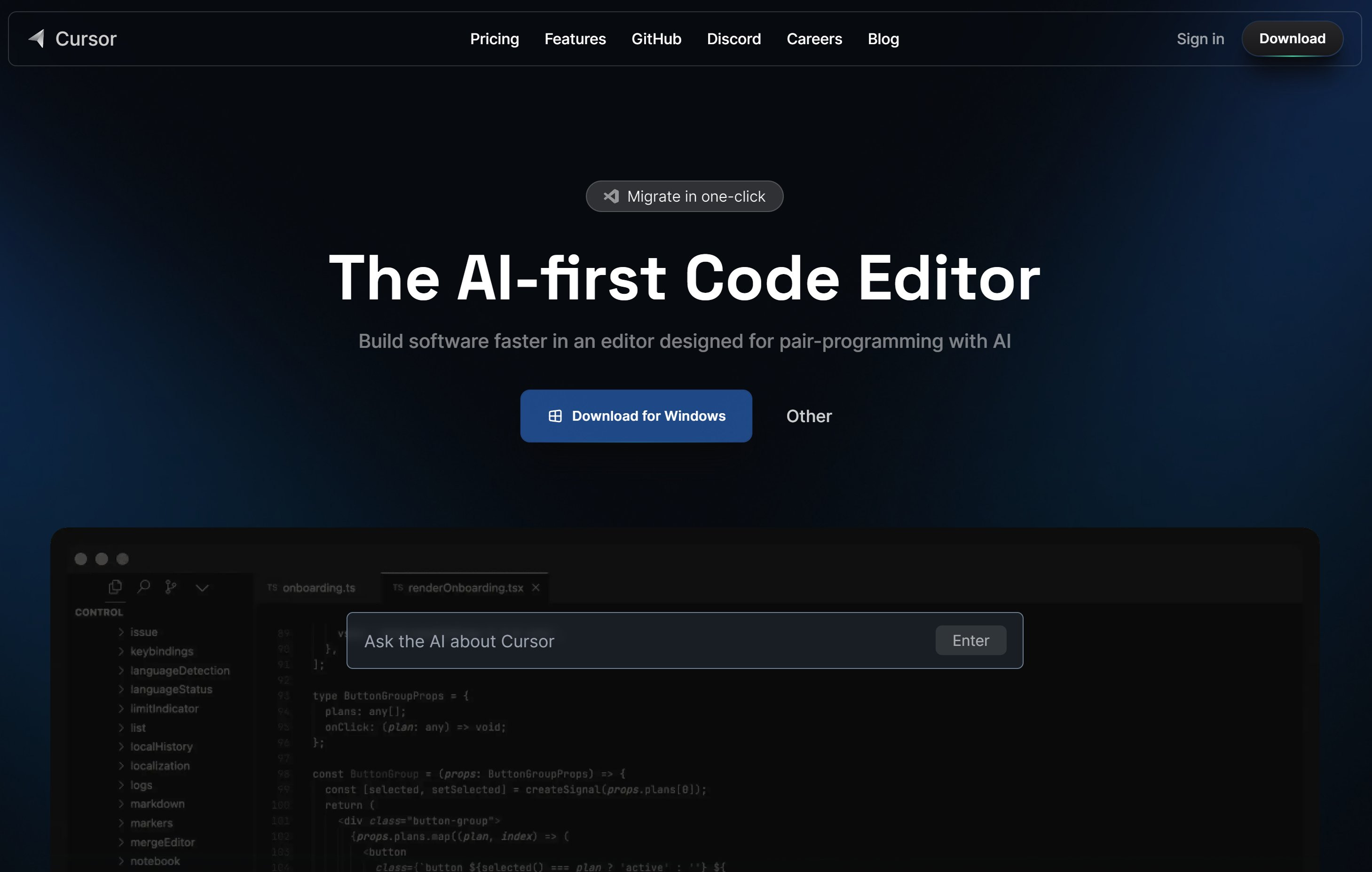We’re entering a new era of software development—one where you don’t always write the code yourself. Sometimes, you guide an AI agent to write it for you.
This shift has a name: agentive programming. It’s the idea that instead of issuing commands to a machine in low-level syntax, you now collaborate with intelligent agents that understand your intent and help turn ideas into running software.
Sounds futuristic? It’s already happening.
Let me show you what agentive programming looks like, how it changes the way we build, and where AI tools fit into this fast-moving landscape.
What Is Agentive Programming?
In traditional programming, you write every line of code manually.
In agentive programming, you describe what you want, and an AI agent interprets, generates, and refines the code for you. The AI becomes:
- A partner
- A co-pilot
- A collaborator that understands high-level goals
It’s no longer about “if-else” statements. It’s about intent. You tell the agent, “I want a dashboard with login and user roles,” and it builds it—or gets you most of the way there.
How Agentive Programming Works (In Practice)
Let’s say you want to create a web app with:
- A user login system
- A dashboard that shows customer data
- A backend API with filtering and search
- Admin roles and restricted access
In the old days, that’s hours (or days) of work.
With agentive programming, you might:
- Describe your app and features
- Define your data model
- Choose your stack (React, Node.js, etc.)
- Click “Generate”
And in minutes, you have a full working app—built by an AI agent like Flatlogic AI Software Development Agent.
It’s real code. Production-ready. And yours to extend or customize however you want.
Examples of Agentive Programming Tools
Here are some platforms leading the charge:
1. Flatlogic AI

🔧 Use case: Generate complete full-stack web apps
💡 How it works: Choose your stack, define your data, get a full app
📦 Output: Frontend, backend, database, auth, and more
It’s like hiring a developer to build your MVP—instantly.
2. GitHub Copilot

🔧 Use case: Line-by-line code suggestions
💡 How it works: AI suggests code as you type
📦 Output: Functions, classes, snippets based on context
It’s great for filling in logic or learning as you go.
3. Anysphere Cursor

🔧 Use case: Ask questions about code inside your IDE
💡 How it works: Use natural language to navigate, refactor, and understand code
📦 Output: Conversational help and code generation
It’s like chatting with your own intelligent engineering assistant.
What Makes Agentive Programming So Powerful?
✅ It reduces time-to-code
You can go from idea to prototype in hours, not weeks.
✅ It makes programming more accessible
Non-coders can start building apps with less friction.
✅ It eliminates boilerplate
You stop writing the same setup logic again and again.
✅ It unlocks higher-level thinking
You focus on product design, user experience, and architecture—while AI handles the low-level work.
But Wait—Doesn’t This Kill Developer Jobs?
Not at all. In fact, it does the opposite.
Agentive programming amplifies what developers can do. It handles the repetitive, the routine, and the mechanical—so you can focus on:
- Solving real business problems
- Innovating new features
- Designing scalable systems
- Making better software, faster
You’re still in control. The AI is your tool—not your replacement.
How to Start Coding Agentively Today
You don’t have to change your entire workflow to try this. Just start by integrating a few AI agents into your process:
🔹 Use Flatlogic AI
To scaffold full applications based on your data model and tech stack. Great for launching internal tools, dashboards, or MVPs.
🔹 Use Copilot or Tabnine
To speed up development and reduce bugs as you type.
🔹 Try Cursor or ChatGPT
To get help understanding code, brainstorming ideas, or debugging faster.
The more you work with AI agents, the more natural it becomes. Soon, you’ll start designing with the AI in mind, just like you design for frameworks or libraries today.
Final Thoughts: This Is Just the Beginning
Agentive programming is a big shift—and it’s only just beginning.
AI Tools show how far we’ve already come: from AI code suggestions to full-app generation with business logic, data models, and deployment-ready setups.
This isn’t about writing less code.
It’s about writing the right code, faster, and spending more time on the parts that matter.
So the next time you start a new project, ask yourself:
What if I didn’t have to build this from scratch?
Because now, with agentive programming, you don’t.
